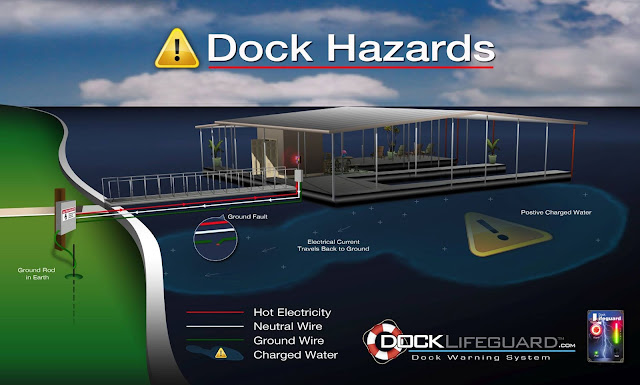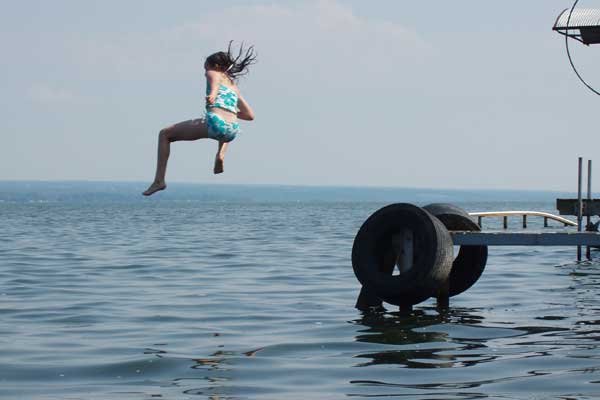The Workers' Compensation Board of Nova Scotia is celebrating
its lowest-ever rate of serious workplace accidents, but an injured
workers' advocate says the statistics are misleading.
WCBNS is a mandatory insurance scheme that covers 18,800 workplaces, or 75 per cent of Nova Scotia's roughly 500,000 workers.
In 2016, the board handled 5,847 serious injuries, down from over
6,000 in the previous year, "which is the lowest number we've recorded
since we've measured it," said CEO Stuart MacLean.
"That to me is a very positive outcome," he said.
If an employee misses more than two days of work to recover from a
workplace injury, the board will reimburse the worker for lost wages.
The rate of these "time-loss injuries" is important because it reflects the province's most serious workplace accidents.
In 2016, the board reported 1.74 loss-time injuries per 100 Nova Scotia workers.
That's the lowest rate the board has ever seen, and a drop of 5.4 per cent from 2015.
"It speaks to an emerging safety culture, people doing things
differently, and that we're getting traction on some of the programming
that helps create a safety-culture environment in the province,"
said MacLean.
'No confidence in WCB's statistics,' says advocate
But Mary Lloyd, founder and president of the Pictou County Injured
Workers Association, said the way the board records the stats obscures
the true rates of worker injuries.
"I have no confidence in WCB's statistics," she said.
Lloyd believes the annual statistics exclude many worker injuries because of they way they're recorded.
For example, Lloyd said when a worker suffers a second injury, it's often linked to an old claim.
"The accident report is filed, it was a new mechanism of injury, and
then when the file is accepted at WCB, it's accepted under an old claim
number," she said.
"What's that but under-reporting and hiding?"
Lloyd also said injuries suffered during a return-to-work program are not reflected by the statistics.
Board says stats are accurate
WCBNS disputes Mary Lloyd's claims. According to WCB policy, an
injury to a new body part would always be categorized as a new event in
the injury tracking system.
The board says re-injuries during the return-to-work process are
treated as the same injury in the statistics, but that those cases are
rare, accounting for roughly 20 reports per year out of the roughly
6,000 workers receiving post-injury care.
The length of and cost of claims are on the rise in the province.
The average claim duration rose to 110 days in 2016, up from 108 days the year before.
MacLean said Nova Scotia has among the longest average claims of any
province, which he attributes to an older-than-average workforce and
higher rates of conditions such as diabetes, hypertension, high blood
pressure and obesity.
Meanwhile, Lloyd said average claim times are up because the board can't obscure its most serious cases.
"It's smoke and mirrors, so injuries are not down. And they cannot
hide the long-term claims because those are serious injuries. Those
stats are up," she said.
The board reports the costs of claims rose claims rose 4.2 per cent last year to $212.5 million.
New computer system should speed up claims processing
It launched a secure computer system last week to allow workers and
medical professionals to submit applications and medical
information. MacLean said the new system will mean injured workers will
receive benefits more quickly.
Currently, 70.2 per cent of lost-time claims receive an initial payment within 15 days.
MacLean said the amortized $10-million cost of the computer system
drove a 5.7 per cent increase in annual administration costs to a total
of $54.2 million.
Two workers were killed in workplace accidents in 2016, compared to eight deaths in 2015.
Eighteen workers died in 2016 as a result of chronic conditions caused by working conditions, compared to 19 deaths in 2015.




























